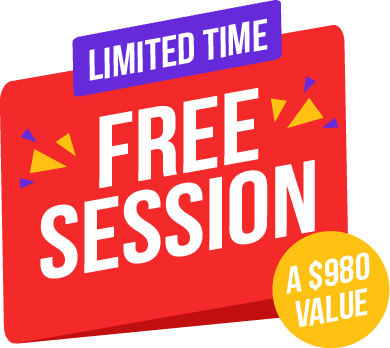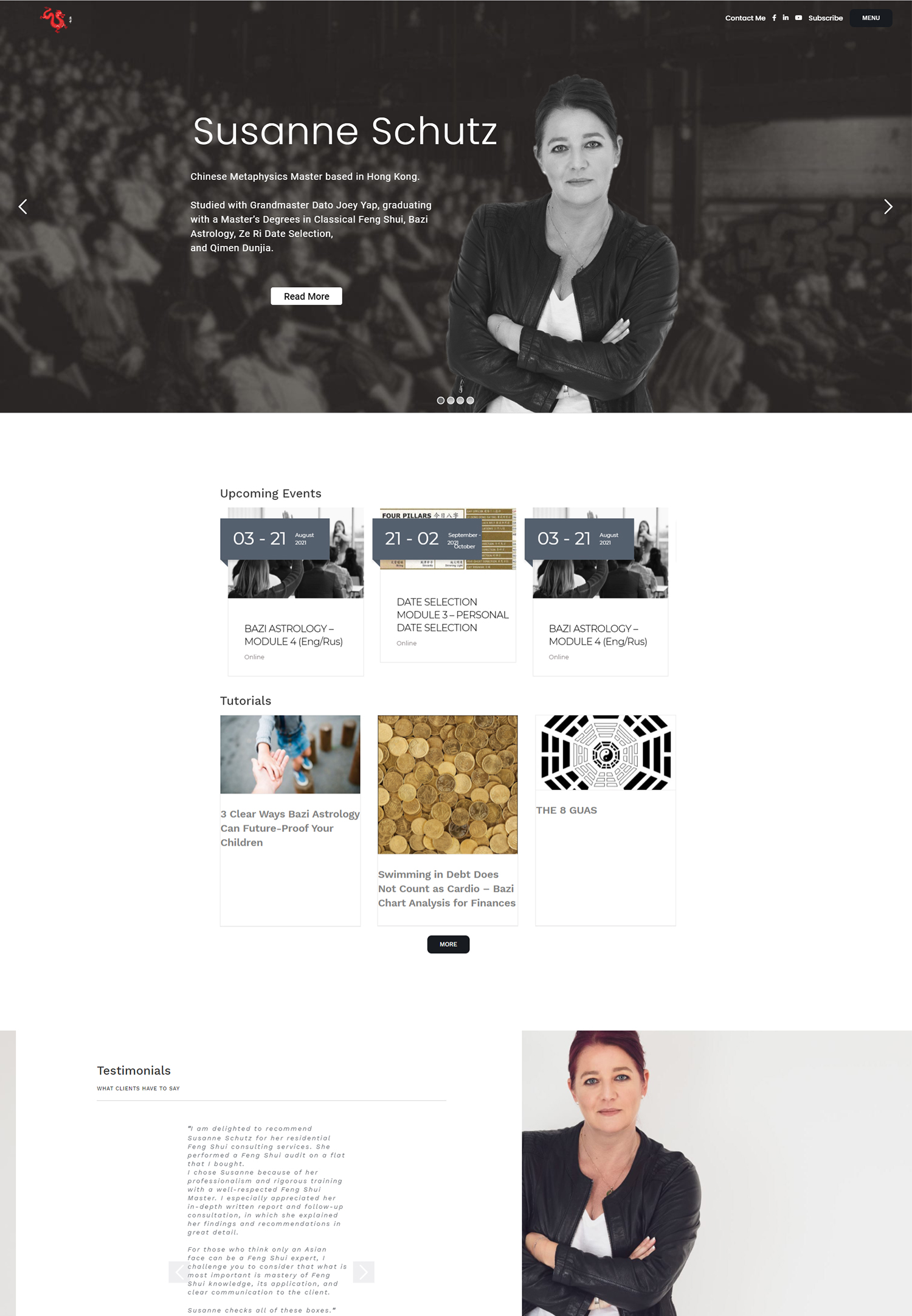The landing page, which acts as the first point of contact between a business & potential customers, is an essential part of a website’s conversion strategy. It presents visitors to a business’s goods or services and has a big impact on how they see the brand. A well-designed landing page draws in visitors and motivates them to do particular tasks, like buying something, signing up for a newsletter, or providing contact information. On the other hand, poor landing page design can lead to increased bounce rates and missed chances for conversions. Aesthetic appeal, intuitive navigation, and engaging content are three essential components of a successful landing page design. Visually appealing, user-friendly, and conversion-optimized, the page should be.
Key Takeaways
- A well-designed landing page is crucial for capturing and retaining the attention of website visitors.
- Key elements such as clear value proposition, compelling headlines, and intuitive navigation are essential for conversion optimization.
- Utilizing high-quality visuals and imagery can enhance the overall appeal and engagement of a landing page.
- Crafting persuasive and clear call-to-actions can significantly impact the conversion rate of a landing page.
- Implementing A/B testing allows for continuous improvement and optimization of landing page performance.
Businesses can create a powerful tool that not only draws visitors but also directs them toward desired actions by realizing the importance of landing page design. A well-thought-out landing page design can significantly increase conversion rates, which will ultimately support the expansion and success of your business. Important Conversion Optimization Components. A user-friendly layout, strong copy, obvious call-to-actions, eye-catching images, and compelling headlines are some of these components.
Each of these elements plays a crucial role in guiding visitors towards the desired action and should be carefully optimized to maximize their effectiveness. Specializing in Particular Components. Effective headlines are crucial for drawing in visitors and conveying the benefits of the offered good or service. Effective persuasive writing addresses the needs and problems of the intended audience while succinctly stating the advantages and characteristics of the product or service.
Whether it’s making a purchase, registering for a trial, or downloading a resource, call-to-actions that are clear & concise give visitors clear instructions on what to do next. The Impact of Design and Layout. Visuals and imagery that are captivating can strengthen the message & help establish an emotional connection with the viewer. A user-friendly layout makes sure that visitors can easily navigate the landing page and have a seamless experience.
Reaching the Targets for Marketing. Through the identification and optimization of these essential components, companies can attain their marketing goals and dramatically increase conversion rates. For information to be presented in a captivating and memorable way and to grab visitors’ attention, visuals and imagery are essential. Visuals have the power to communicate brand identity, arouse emotions, and improve user experience in general when used well.
Good-quality pictures, videos, infographics, & other visual components can help make a good first impression and draw users in right away. Businesses can effectively showcase their products or services, convey their value proposition, and gain the audience’s trust by employing eye-catching visuals & imagery. Visuals can be used to direct visitors toward the desired action in addition to improving the landing page’s aesthetic appeal. For instance, well positioned photos or videos can highlight important points or calls to action, increasing user interaction & conversion rates. Making sure the images match the overall brand identity and are pertinent to the landing page’s messaging and content is crucial. Businesses can provide visitors with a more immersive and impactful experience by using captivating visuals and imagery, which will eventually result in higher conversion rates & better results.
Probably one of the most important components of a landing page is the call-to-action (CTA), which invites users to take a particular action. Encouraging visitors to convert and optimizing the landing page’s efficacy require crafting compelling and unambiguous call-to-actions (CTAs). A well-designed CTA should be prominently displayed, use compelling language, & clearly communicate the desired action.
It should visually catch the eye and compel quick action by standing out from the rest of the page. Effective CTAs use persuasive language that communicates value and urgency, encouraging visitors to take action without hesitation. Phrases such as “Shop Now,” “Sign Up Today,” or “Get Started” convey a sense of immediacy and compel visitors to act quickly. Also, using contrasting colors, bold typography, & strategic placement can help make CTAs more noticeable and impactful.
It’s also important to ensure that CTAs are relevant to the content on the page & align with the visitor’s intent. By crafting persuasive & clear CTAs, businesses can effectively guide visitors towards conversion and improve the overall performance of their landing pages. A/B testing is a powerful method for evaluating different variations of a landing page to determine which elements are most effective in driving conversions. By testing different headlines, copy, visuals, CTAs, and layout variations, businesses can gain valuable insights into what resonates best with their audience and drives the highest conversion rates.
A/B testing allows for data-driven decision-making and continuous improvement, as it provides concrete evidence of which elements are most impactful in driving results. To implement A/B testing effectively, businesses should start by identifying specific elements they want to test and creating variations that differ in only one aspect at a time. This could include testing different headline variations, CTA colors, or image placements. By running these tests concurrently with a portion of their traffic, businesses can gather data on which variations perform best in terms of conversion rates.
This data can then be used to make informed decisions about which elements to optimize for maximum impact. A/B testing is an ongoing process that allows businesses to continuously refine their landing pages based on real-time data & user behavior. By implementing A/B testing for continuous improvement, businesses can optimize their landing pages for maximum conversion rates & ensure that they are always delivering the most effective messaging and user experience to their audience. The user experience (UX) plays a critical role in shaping how visitors interact with a landing page and ultimately influences their decision to take action.
A seamless navigation experience is essential for guiding visitors towards conversion by making it easy for them to find information, engage with content, and complete the desired action. Streamlining the UX involves optimizing the layout, navigation menu, form fields, and overall usability of the landing page to create a frictionless experience for visitors. A well-structured layout should guide visitors’ attention towards key messages and CTAs while maintaining visual balance and hierarchy. The navigation menu should be intuitive and easy to use, allowing visitors to explore different sections of the landing page without confusion. Form fields should be kept to a minimum and only ask for essential information to reduce friction and encourage completion.
Also, ensuring fast loading times, mobile responsiveness, and clear error messaging can further enhance the overall UX. By streamlining the user experience for seamless navigation, businesses can create a more intuitive and enjoyable experience for visitors, ultimately leading to higher engagement & conversion rates. A well-optimized UX not only improves the performance of a landing page but also contributes to building positive brand perception and customer satisfaction.
Analyzing data and metrics is essential for evaluating the performance of a landing page and identifying areas for improvement. By tracking key metrics such as bounce rate, time on page, click-through rate, conversion rate, & exit rate, businesses can gain valuable insights into how visitors are interacting with their landing pages. This data can help identify strengths and weaknesses in the design, messaging, & user experience of the landing page. In addition to quantitative data, qualitative feedback from user surveys, heatmaps, and session recordings can provide deeper insights into visitor behavior & preferences.
By combining both quantitative and qualitative data, businesses can gain a comprehensive understanding of how their landing pages are performing and where there is room for optimization. By analyzing data and metrics for performance evaluation, businesses can make informed decisions about how to improve their landing pages for maximum impact. This iterative process of analysis and optimization allows businesses to continuously refine their approach based on real-time data & user feedback, ultimately leading to higher conversion rates & improved business outcomes.
In conclusion, understanding the importance of landing page design is crucial for businesses looking to maximize their online presence and drive conversions. By identifying key elements for conversion optimization such as compelling visuals, persuasive CTAs, seamless navigation, and continuous improvement through A/B testing, businesses can create highly effective landing pages that deliver results. Analyzing data and metrics provides valuable insights into how visitors are interacting with landing pages, allowing businesses to make informed decisions about how to optimize their performance.
By implementing these strategies, businesses can create powerful landing pages that not only attract visitors but also guide them towards taking meaningful actions that drive business growth and success.
If you’re interested in learning more about lead generation, check out this article on 7 Effective Lead Generation Strategies for Your Business. It provides valuable insights on how to attract and capture potential customers’ interest, which can be crucial for optimizing landing page design for conversion.




























